It goes without saying that if current production practices are not achieving potential yields for the area, then it is time to make changes that embrace both economic and environmental sustainability goals. Change can be good. New application methods are a good place to begin.
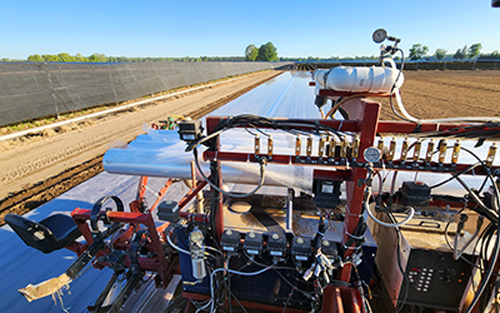
This method injects the fumigant into the ground. Commonly done with narrow, knife-type shanks with tubes attached to deliver the fumigant and is immediately covered after application with film or plastic to trap the fumigant for efficacy and safety.
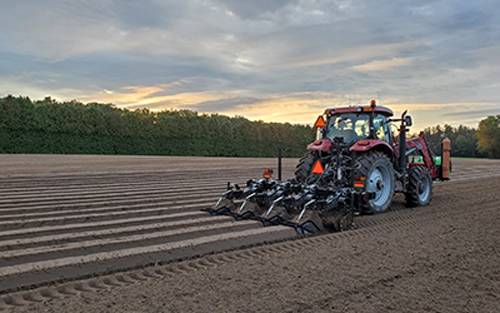
This method injects the fumigant into the ground. Commonly done with narrowly spaced, knife-type shanks with tubes attached to deliver the fumigant.
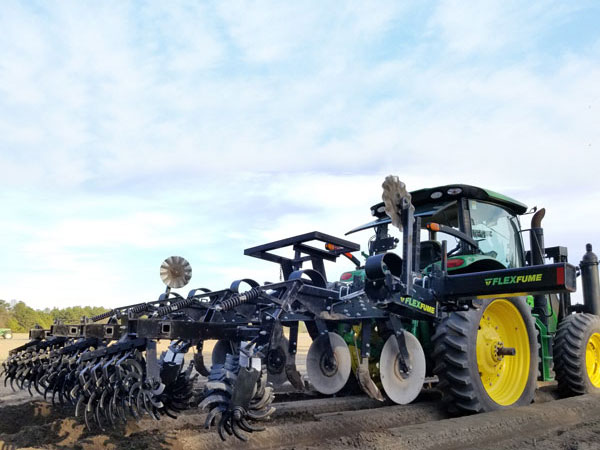
Fumigant applied to raised, shaped rows or bed where plants will grow. Product is applied through shanks with tubes attached to deliver the fumigant. The number of shanks varies dependent on the width of the rows/beds. This method is similar to Tarped with the fumigant injected into the ground with narrow, knife-type shanks. Instead of plastic tarping, the soil is sealed after application with the proper equipment to compact the top of the soil, trapping the fumigant for efficacy and safety.
Quality of soil preparation determines the quality of product performance, safety of the applicators, and the environment.
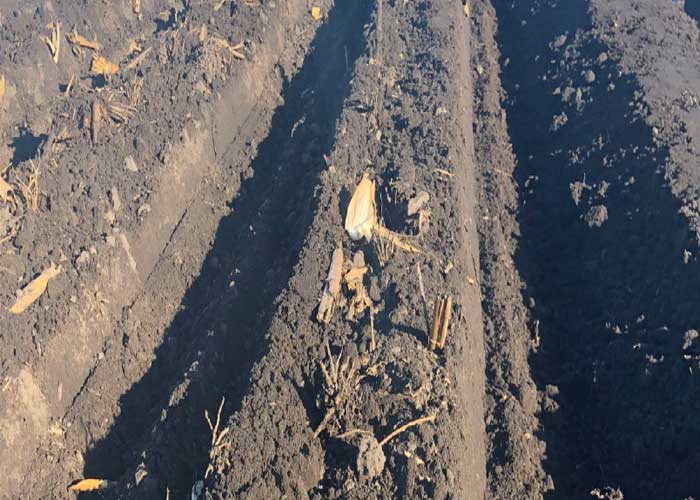
CONSIDER YOUR ROTATION
The previous rotation crop influences timing and quality of ground preparation. Crops such as corn need more soil preparation time before fumigation due to stubble and root masses. Small grains like soybeans and wheat are typically easier to till in and typically allow a longer window for soil fumigation to take place. Soil needs to be free of trash to reduce fumigant “tie up” in organic matter.
Crop residue slows fumigant movement by absorbing fumigant, which decreases the application rate for target pathogens.
Crop Residue can provide “chimneys” in the soil for the fumigant to escape into the air and increase the possibility of an off-gassing.
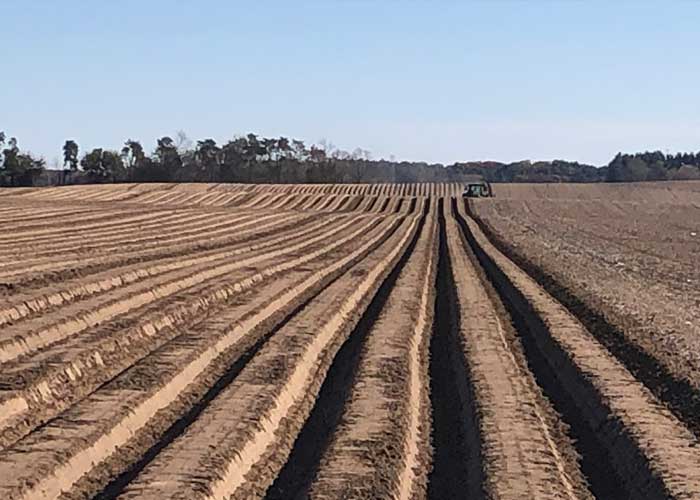
CONSIDER YOUR SOIL TILTH AND TEXTURE
Factors: clods, moisture content, aeration, water infiltration and drainage
Clods and hardpans have less pore space which slows fumigant movement while increasing potential for off-gassing. Best soil tilth for fumigation allows diffusion of fumigant through soil, but does not allow escape when soil surface is sealed properly. Remember, the fumigant can’t penetrate clods in soil, which could leave diseased soil when clods breakdown.
Be sure to allow enough time before fumigation to work the ground to break up clods and loosen the soil. The soil should be worked deeper than fumigation depth. The two examples above are excellent examples of well prepped ground and sealed soil surface.
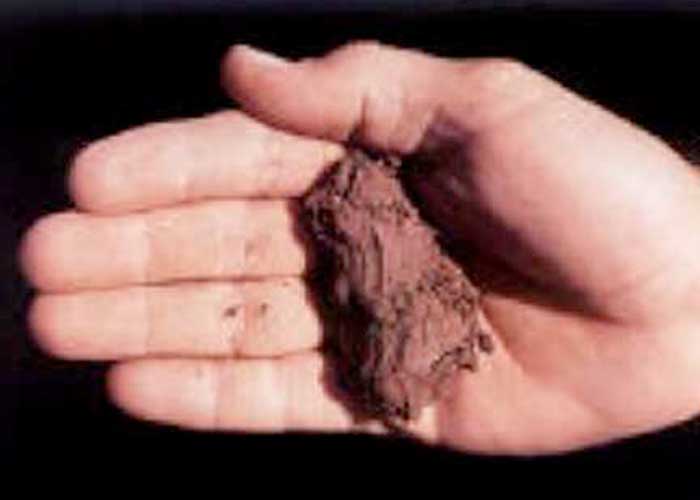
CONSIDER YOUR SOIL TEMPERATURE
Soil temperatures need to be within the 40°-90° F range at 8-10” soil depth to apply fumigant. Too cold and the fumigant won’t achieve efficacy and too hot the possibility for off-gassing rises. Making sure that you have the soil prepared and ready to apply fumigant during the ideal temperature range is an important factor to consider.
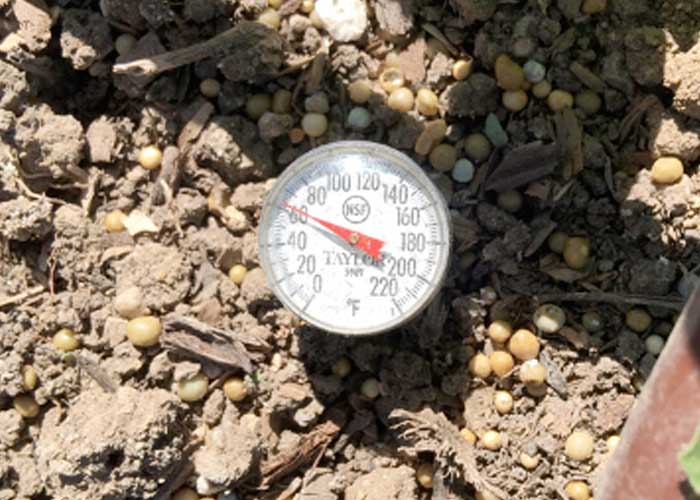
CONSIDER YOUR SOIL MOISTURE
When prepping your soil prior to fumigation take into consideration soil moisture. Insufficient moisture affects soil sealing. Soil moisture should be between 50-75% moist and should be able to clod up in your hand. Course-textured soils require higher moisture content compared to fine-textured soils. DO NOT FUMIGATE DRY SOIL.